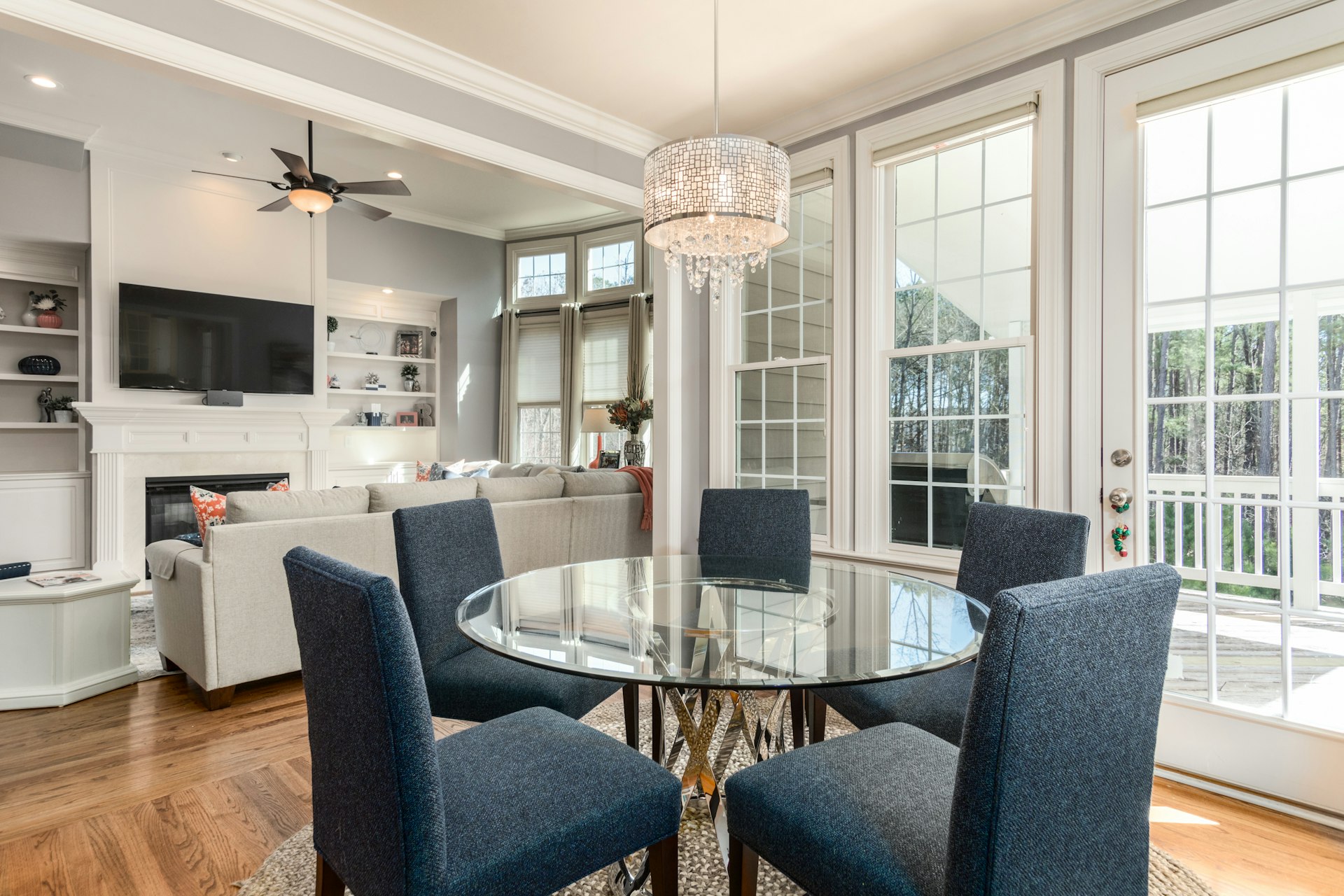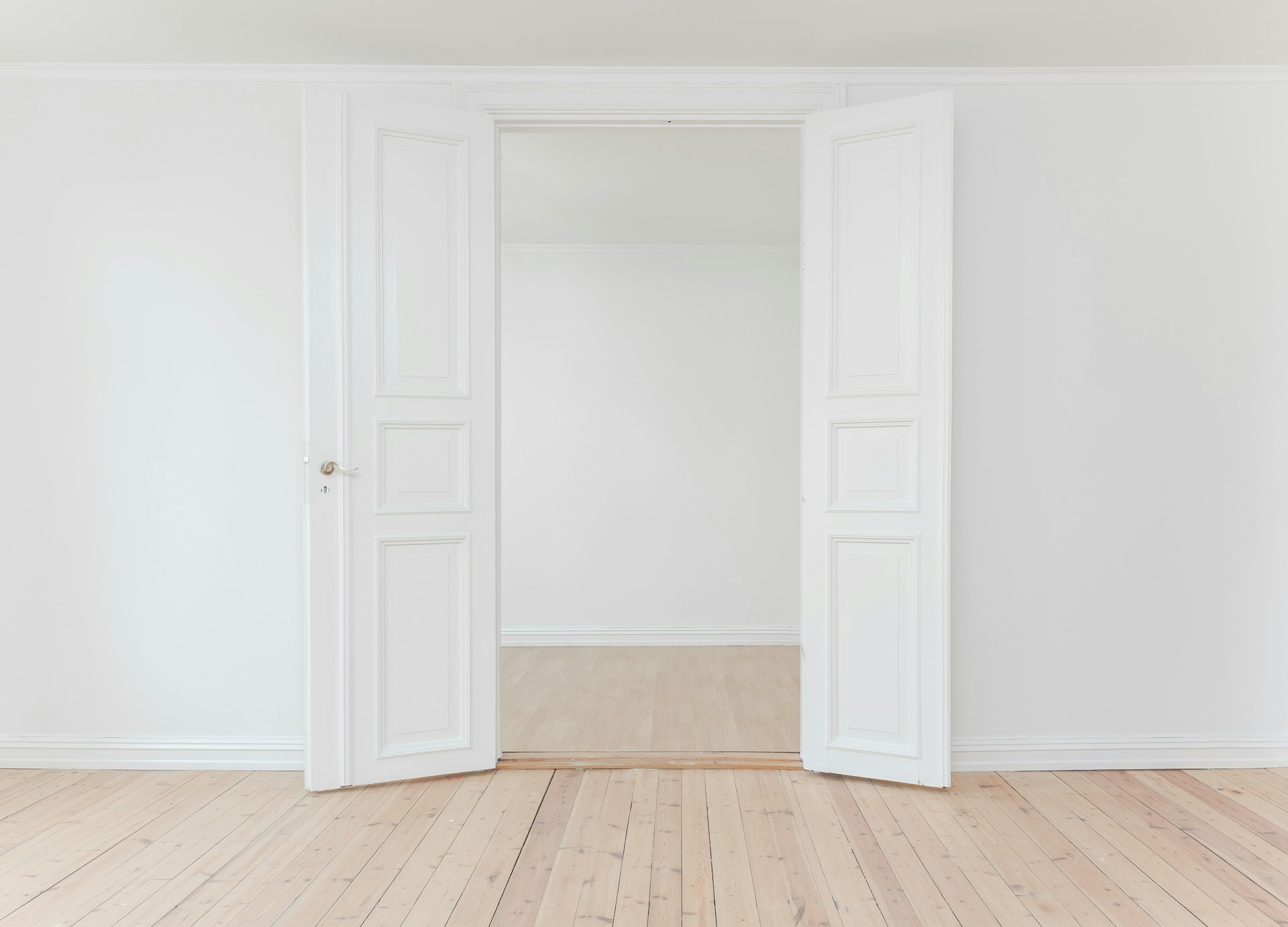Step 1

Qualifying
The standard income requirement for an apartment in New York City is 40 times the monthly rent. If your rent is $2,500 a month you would be expected to earn $100,000 minimum. If you’re just starting out in the city and are shy of that number in income for yourself, you may be able to qualify for the apartment with a guarantor. Typically, landlords will want a guarantor to make 80 times the monthly rent and reside in the tri-state area. If your guarantor is out of state or country, you can still get approved with a 3rd party guarantor. We can connect you with qualified guarantors like Insurent, The Guarantors, etc…

